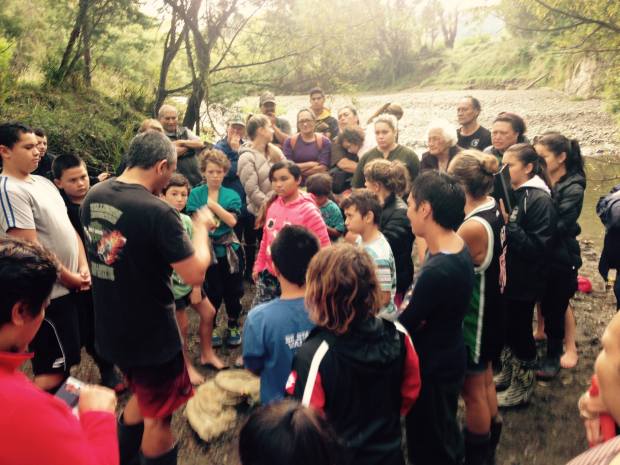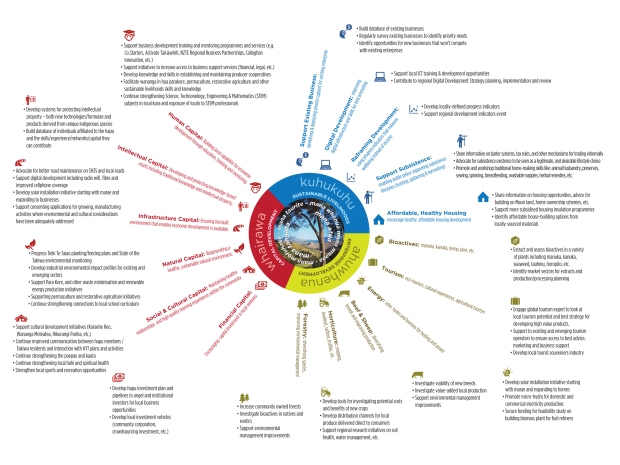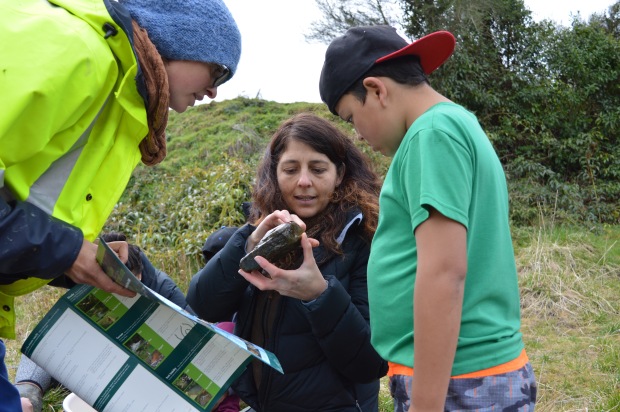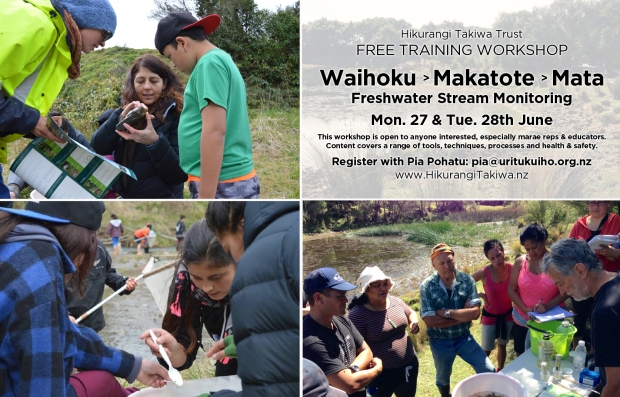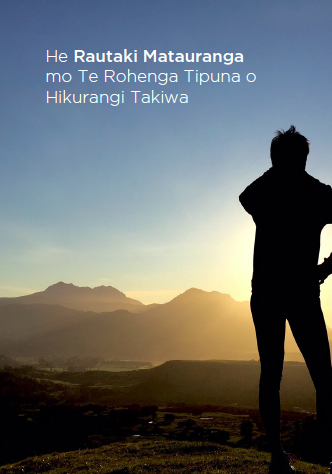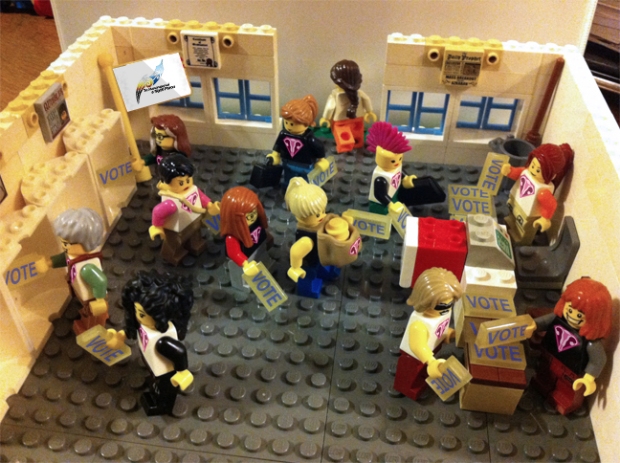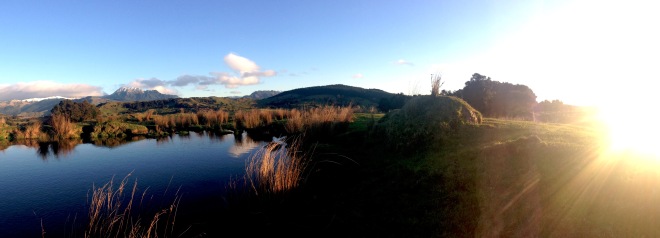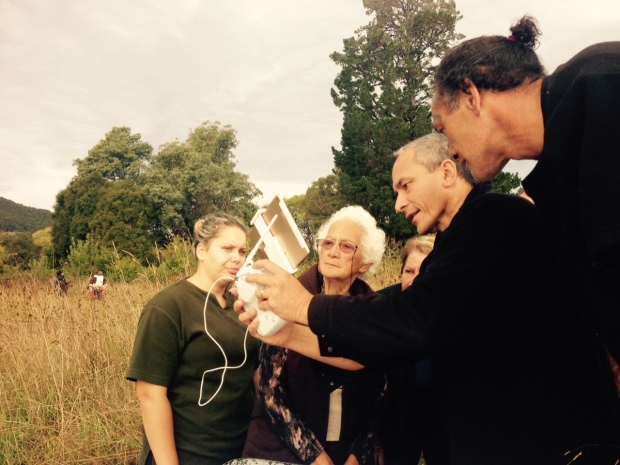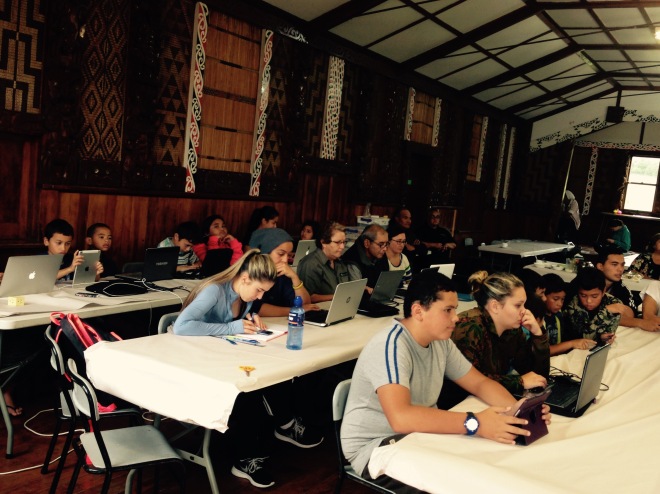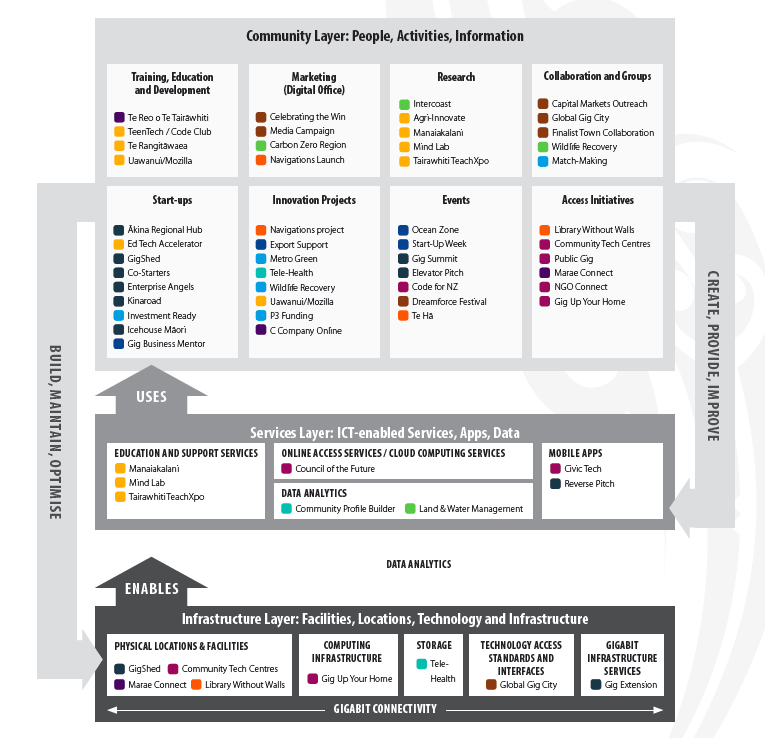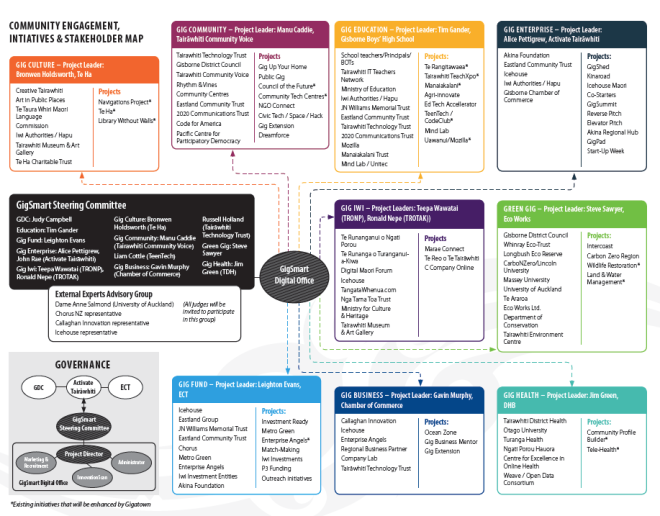Ko Te Ahiateatua te maunga
Ko Makatote te awa
Ko Arihia Kaurapa te wharekai
Ko Rongoitekai te whare tipuna
a, Ko Penu te pa
Tena tatau e hika ma,
Ko Miria Koia tenei, born and raised in Tairawhiti, including living at Penu Pa while I went to our wharekura at TKKM o Te Waiu o Ngati Porou in Ruatorea. I’m currently studying at university in Wellington.
Hikurangi Takiwa Trust (HTT) is made up of representatives of six pa – Rongohaere (Pahou), Rongo-i-te-Kai (Penu), Hiruharama, Te Aowera, Whareponga and Kariaka. I have been asked to create a survey in order to gather aspirations and whakaaro from rangatahi connected to our hapu – including those who keep our fires burning back home, as well as those who live away from home and want to reconnect back to our pa.
HTT secured funding from the Todd Foundation to support a Rangatahi Hapu Development Project. Its goals are to enable rangatahi from the hapu to participate in a developmental process based in our community that prepares us for the future as full members of our hapu.
As we are the ‘uri whakaheke’ I think it’s important we come together and get as many of us on board to wananga and share our whakaaro on kaupapa that will affect our hapu, whenua, moana, marae and community in the years to come. We can have a say now in shaping what happens locally and we need to be confident once the time comes to take full responsibility and make the decisions on behalf of past and future generations. As part of the next stage of the project, we have created this survey for all uri of the takiwa who are under the age of 25 to fill in so that we can see what we’re interested in, what we need help with and how we might contribute.
Everyone filling in the survey goes in the draw to win one of three vouchers (1x $300 and 2x $100) from The Warehouse, nothing better than a bit of a financial incentive I say! So please take this opportunity to share your whakaaro, get amongst this awesome kaupapa and win a mean prize!
Click here to complete the survey: https://forms.gle/68ZjqgkG1GNhY3iM9
Please also note that HTT may share whakaaro from survey responses but these won’t be connected to any individual. A summary of the survey findings will be published here on the HTT website along with more info on the Trust.
Ano te ataahua o te nohotahitanga a nga taina me nga tuakana i raro i te whakaaro kotahi.
Naku iti nei,
na Miria.
Click here to complete the survey.
